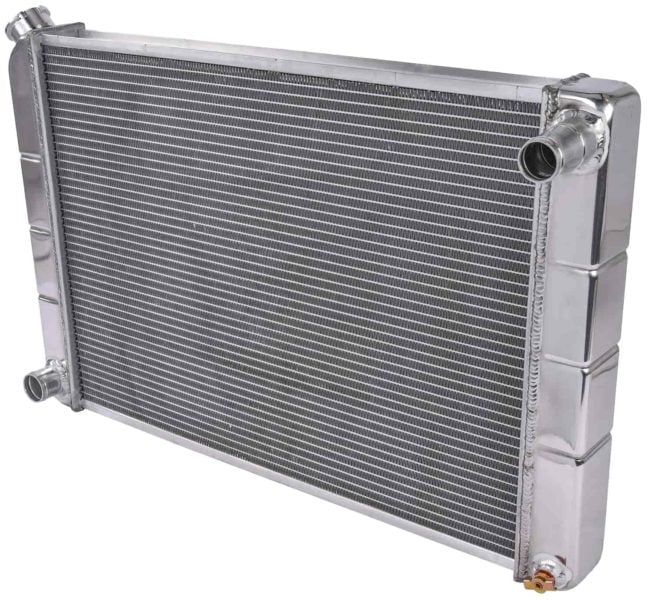Sign up now to join the JEGS email newsletter and be the first to learn about new products, special deals and e-mail only offers!


A coolant leak on the ground is easy to fix. The coolant temperature gauge skyrocketing is usually pretty simple to diagnose. But if the Check Engine Light is on, identifying cooling system issues can be more difficult. When your vehicle’s Engine Control Unit (ECU) sends the P2181 engine code, it is because a problem with the cooling system's performance has been detected.
Whether you’ve recently encountered this issue and are looking for a guide on how to fix it, or you just want to read up and expand your knowledge of technical engine-related problems, you’ll find all you need to know in this article from symptoms and causes to diagnosis and possible fixes.
The P2181 code is a general warning about the cooling system's performance. The code is sent to the vehicle’s control unit when the sensors register that the engine operates outside the recommended temperature range. To find out what exactly this issue is caused by requires further inspection.
As with most engine trouble codes, the P2181 engine code isn’t particular and can’t pinpoint the root cause of the issue. However, what can help determine the cause are further symptoms that the vehicle may be showing.
When your vehicle sends the P2181 code, the symptoms may be the following:
The following issues may cause these symptoms:
Remember that these lists are non-exhaustive, and other less common symptoms and causes can make further diagnosis even more difficult. Also, while not likely, multiple parts may fail simultaneously, so the cause of the P2181 may be twofold.
Sign up now to join the JEGS email newsletter and be the first to learn about new products, special deals and e-mail only offers!

The seriousness of the P2181 cooling system performance code depends on the symptoms and exact cause. In some instances, the code may arise because of a faulty temperature sensor, in other cases, the reason may be a faulty water pump and an overheating engine.
In the first case described above, the issue is not so serious, and you can continue driving the vehicle if you need more time to address the issue. On the other hand, the second case presents a serious problem, and continued use of the vehicle may lead to a catastrophic engine failure. As laid out before, a more in-depth diagnosis is needed to pinpoint the root cause of the code. For this reason, whenever you encounter a high temperature warning light or the P2181 error code, it‘s best to stop using the vehicle as soon as possible.
If you aren‘t able to address the issue right away or get your vehicle towed, you should, at the very least, stop, turn off the ignition, and let the engine cool down before you continue driving. Keep in mind that even then, the engine may sustain serious damage. The bottom line is, don‘t drive a vehicle with the P2181 to avoid unnecessary damage.
Given the description above, the P2181 cooling system performance code is vague. The only hint it gives is that the engine runs either too cold or too hot, which can be caused by many issues. If you aren’t confident in your diagnostic skills, bring your vehicle to a shop where they can conduct further diagnosis. In another case, you risk attempting to solve the problem by trial and error and replacing unnecessary components, thus increasing the repair cost.
However, if you‘re a hands-on person and want to undertake the diagnostics and repair independently, head to JEGS, where you can find the diagnostic tools needed to pinpoint the issue and high-quality replacement parts to replace the faulty components causing your P2181 code.




Leave a Reply